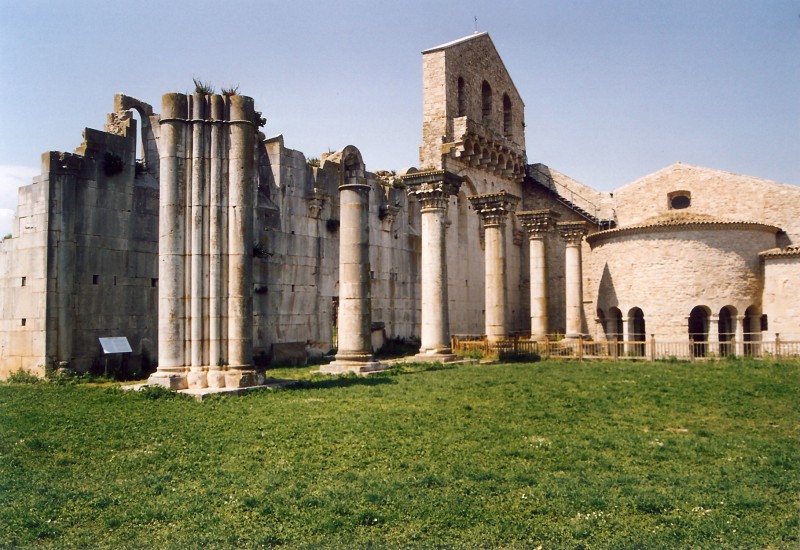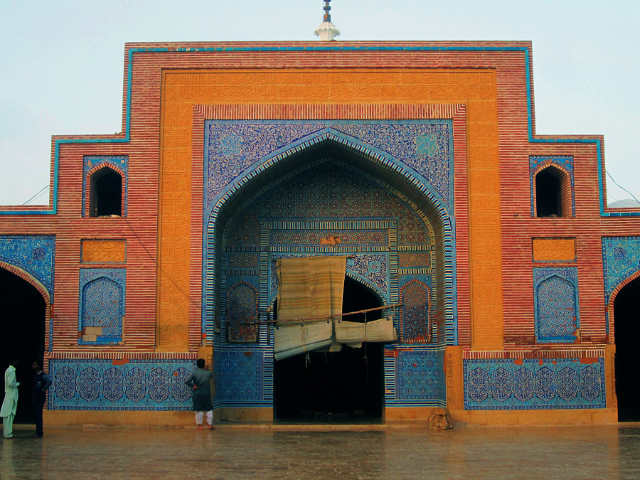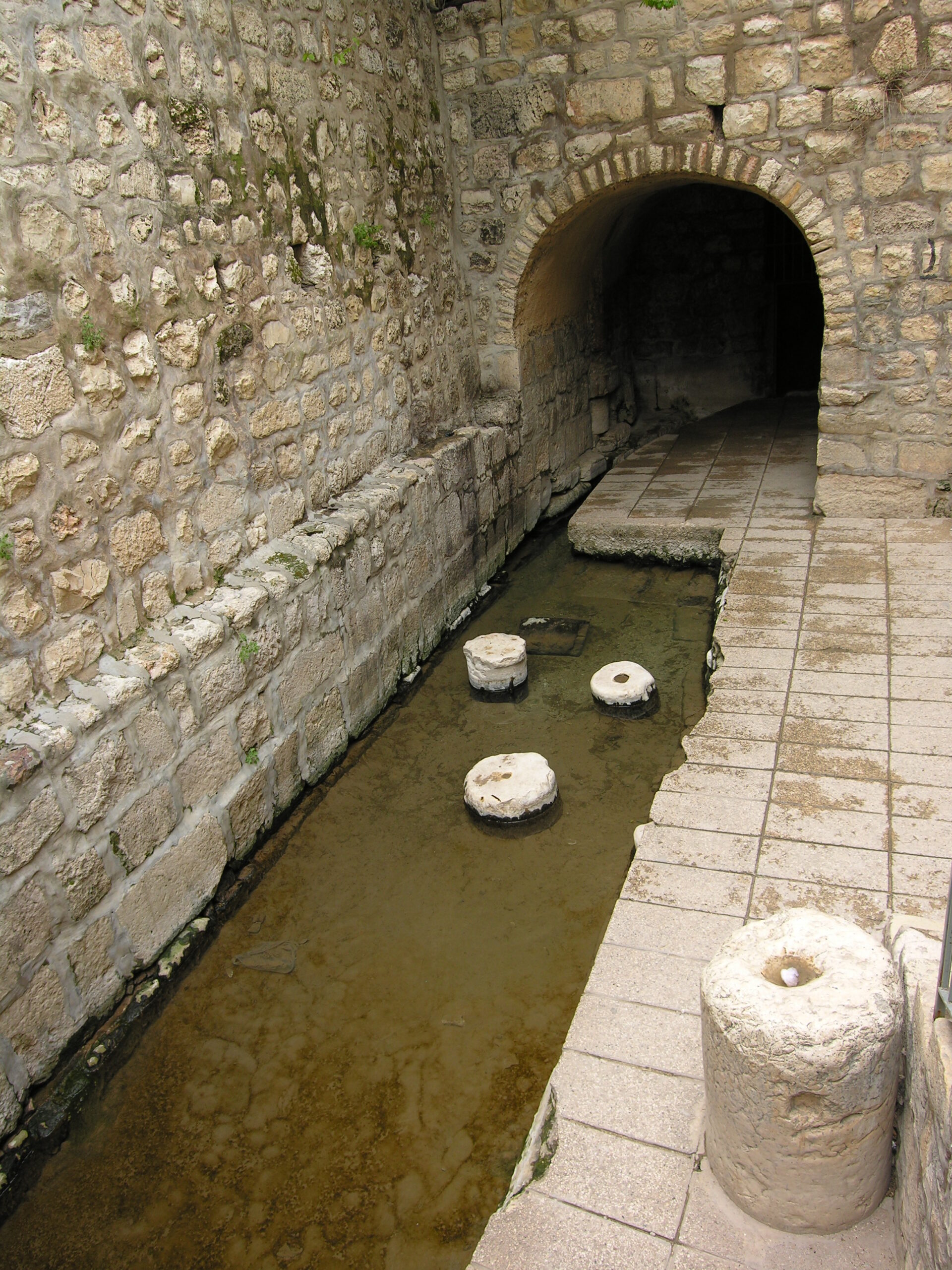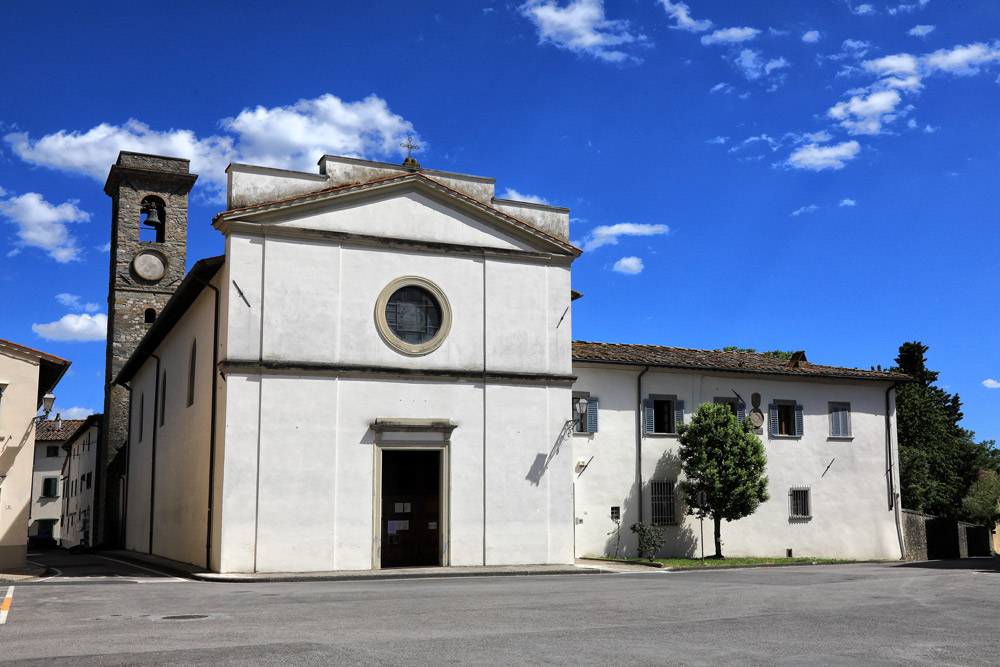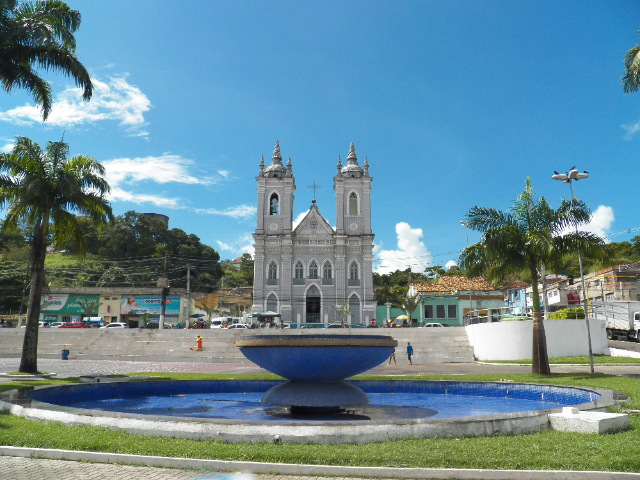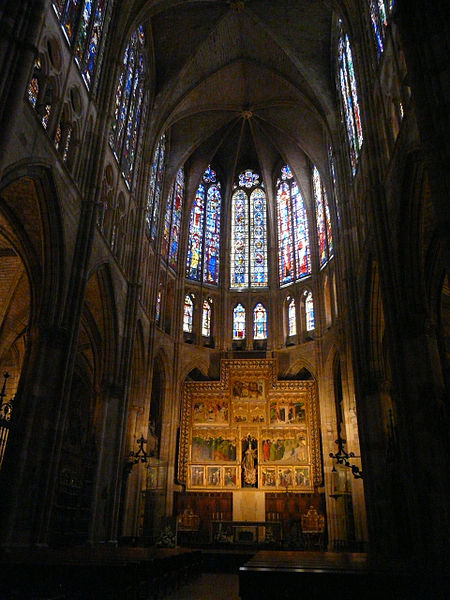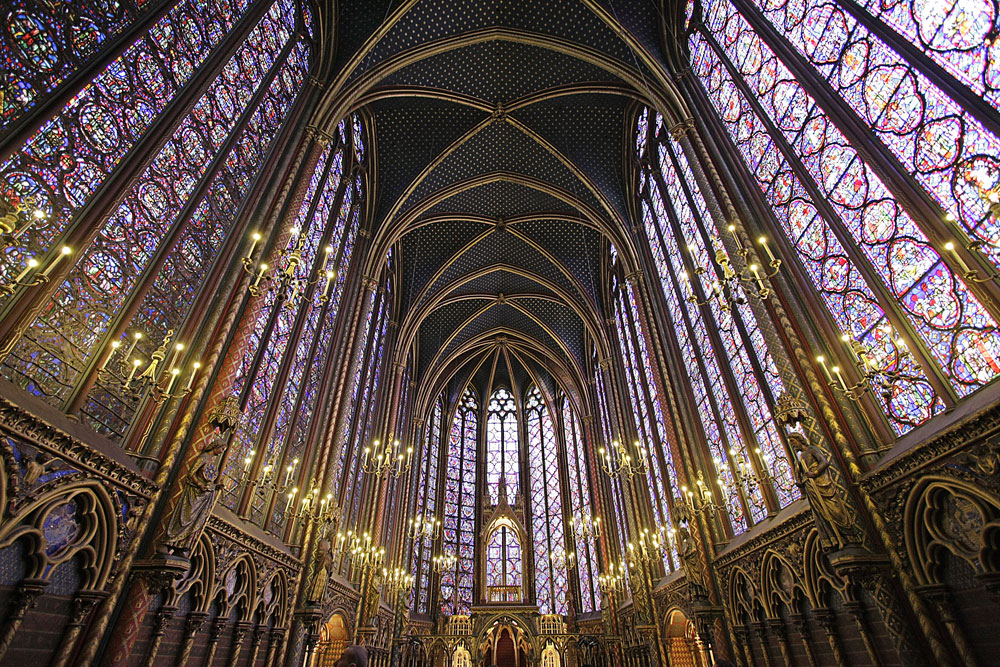Abbey of the Most Holy Trinity and the Unfinished, one of the most powerful abbeys in the South, founded in the 5th century on a Roman temple, enlarged several times also thanks to a donation from the father of Ugo dei Pagani (1078) and a favorite place of Robert of Guiscard, who brought there the cross of Constantine in 1081 that has never been found.
The’important monumental complex includes a forepart (guesthouse), the early Christian church and the unfinished church; in correlation with these, outside the right arm of the transept of the unfinished church, the’oldest element, the early Christian baptistery.
The archaeological investigation carried out during the restoration work enabled the reconstruction of the various construction phases of the old church. The elements that emerged revealed the’existence of an early Christian basilica with three naves, divided by pillars, with a transept, apse and ambulatory, preceded by a portico (the narthex). The’entrance to the early Christian church è still clearly visible today; in fact, the holes of the wall lists of the door knockers can be seen on the floor. The floor of the church, clear traces of which remain, was in polychrome mosaic in the nave, deambulatory and schola cantorum, while in the aisles it was in terracotta bricks laid in a herringbone pattern.
The basilica plan layout, the mosaic floor decoration and the discovery of a coin of Tiberius II (578-582) in the excavation area date the building’s origin to a period datable between the second half of the 4th century and the first half of the 5th century.
The original layout underwent several transformations from the 7th century onward, until reconstruction and expansion by the Lombards (10th century) and Normans (11th century). It was precisely to the Norman period that the abbey complex was most important; so much so that Robert Guiscard in 1069 had the remains of his brothers, Drogone and William Popeye, transferred there. Later Aberada, Robert Guiscard’s first wife, William, his younger brother, and Guiscard himself were also buried there.
The happy Norman season was followed, in the 12th century, by a period of renewed splendor that enabled the Benedictines to plan a grandiose extension of the old church behind the apse. This new church, however, è remained unfinished and under that name è was consigned to history, to represent one of the most remarkable examples of the mature Romanesque style present in’southern Italy.
The Museum of the Territory, set up in the guest quarters of the Abbey of the Most Holy Trinity, collects valuable material for the study and knowledge of the territory of Venosa. In addition to stone artifacts belonging to the ancient Abbey and a model reproducing the entire abbey complex, it displays the results of a long and articulated research conducted by the Superintendence for Architectural and Landscape Heritage of Basilicata with the collaboration of the State Archives of Potenza.
The cartographic and documentary evidence collected has enabled the reconstruction of the suburban territory of Venosa in the 18th century with the identification of ancient farmhouses, mills, iazzi, fountains and significant religious architectural structures.
